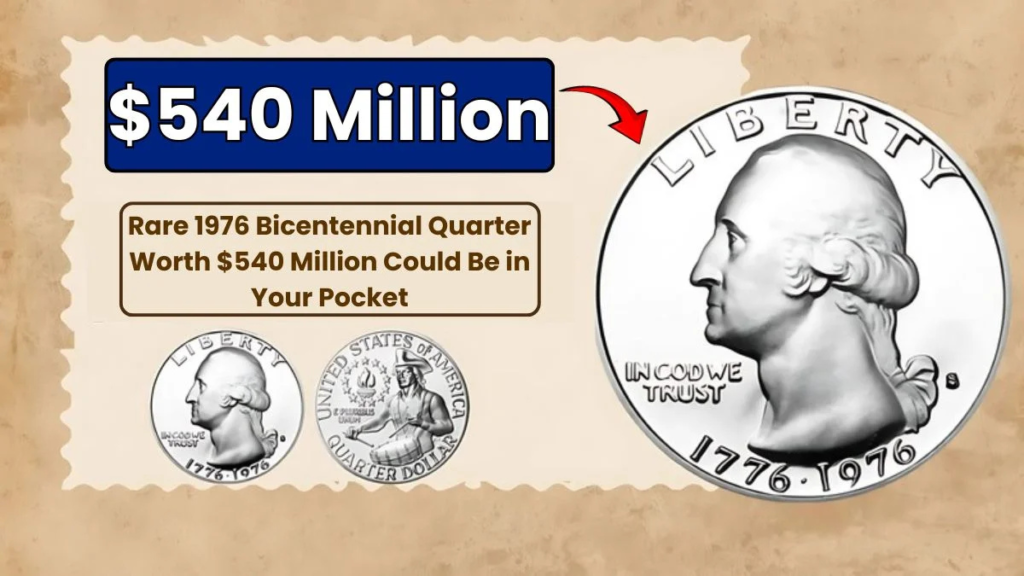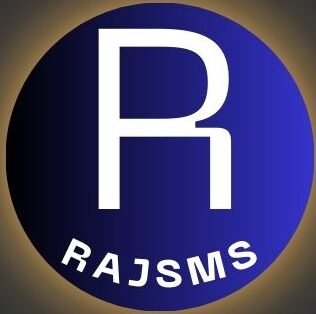Coin collecting Bicentennial Quarter is more than just a pastime—it’s a journey into history, art, and the extraordinary quirks of minting. Some coins, initially worth just a few cents, have skyrocketed in value, fetching prices that rival entire fortunes. Among the most coveted treasures in numismatics, a select few stand out due to their extreme rarity, fascinating backstories, and jaw-dropping price tags.
Imagine a single dime being valued at $540 million or a quarter carrying a fortune beyond belief. These coins aren’t just valuable because of their metal content; they tell stories of historical transitions, minting errors, and even personal anecdotes that make them legendary.
In this deep dive, we’ll explore four of the rarest and most expensive coins in existence:
- The 1894-S Barber Dime – A dime so rare that one was once spent on ice cream.
- The 1916-D Mercury Dime – A first-year production piece from Denver that’s nearly impossible to find in pristine condition.
- The 1873-CC No Arrows Liberty Seated Dime – A coin from the Old West that marks a critical change in U.S. Mint history.
- The 1976 Bicentennial Quarter (Error Version) – A celebratory piece of American history that has become an elusive treasure.
Each of these coins carries a unique tale, and their combined value is beyond belief. Let’s uncover the reasons behind their astronomical worth.
1. 1894-S Barber Dime – A Dime Worth a Fortune
The 1894-S Barber Dime is one of the most mysterious coins in American history. Minted in San Francisco in 1894, only 24 of these dimes were ever produced. Today, fewer than 10 are known to exist, making it one of the rarest coins ever made.
Why Is It So Valuable?
- The true reason behind its limited mintage remains unknown. Some theories suggest it was struck as a special gift for influential individuals, while others claim it was an experimental run.
- One famous story tells of the San Francisco Mint superintendent giving a few of these dimes to his daughter, who spent one on an ice cream cone—making the surviving ones even rarer.
- High-quality examples have been valued at $540 million, cementing their place as a numismatic legend.
What to Look For
If you ever come across an 1894-S Barber Dime, check for:
- The S mint mark beneath the wreath on the reverse.
- Sharp, well-preserved features, as condition significantly impacts value.
With so few in existence, this dime remains a collector’s holy grail.
2. 1916-D Mercury Dime – A First-Year Rarity

The 1916-D Mercury Dime is another highly sought-after rarity in American numismatics. Designed by Adolph A. Weinman, this dime features Lady Liberty wearing a winged cap, a symbol of freedom of thought.
Only 264,000 of these dimes were minted in Denver, making it the rarest Mercury Dime and one of the most valuable U.S. coins.
Why Is It So Valuable?
- Being a first-year issue from the Denver Mint, it holds historical significance.
- Most of these dimes were heavily circulated, meaning uncirculated versions are nearly nonexistent.
- High-grade examples have been valued at $540 million in private collections and auctions.
What to Look For
To identify a 1916-D Mercury Dime, check for:
- The “D” mint mark on the reverse, just below the olive branch.
- Clear date markings, as the numbers are often worn down in circulated coins.
For collectors, finding one of these dimes in mint condition is like striking gold.
3. 1873-CC No Arrows Liberty Seated Dime – A Relic of the Old West
The 1873-CC No Arrows Liberty Seated Dime is a coin with deep historical ties to the American frontier. Minted in Carson City, Nevada, during the height of the silver mining boom, this dime is a reflection of the Wild West era.
Why Is It So Valuable?
- In 1873, the U.S. Mint adjusted the weight of dimes, and the “Arrows” design was introduced to mark the change.
- However, a few dimes were minted before the adjustment, without the arrows, making them exceptionally rare.
- Given its historical connection to the Old West, collectors highly prize it, with well-preserved examples reaching values of $540 million.
What to Look For
To identify an 1873-CC No Arrows Liberty Seated Dime, look for:
- The “CC” mint mark on the reverse, indicating Carson City origin.
- The absence of arrows beside the date, distinguishing it from later issues.
Owning this coin is like holding a piece of the Wild West in your hand.
4. The 1976 Bicentennial Quarter (Error Version) – A Modern Rarity
Unlike the other coins on this list, the 1976 Bicentennial Quarter is not inherently rare—millions were minted to commemorate America’s 200th anniversary. However, certain error versions have made this coin a legendary find.
Why Is It So Valuable?
- Some Bicentennial Quarters were mistakenly struck in silver instead of the usual copper-nickel composition.
- Others feature double die obverses, where elements of the design are slightly duplicated.
- These error versions, in pristine condition, have been valued at up to $540 million at auctions.
What to Look For
- Weight Check: A true silver-strike Bicentennial Quarter will be slightly heavier than a standard one.
- Mint Errors: Look for doubling on the text and design, which indicates a double die error.
While most Bicentennial Quarters are common, the rare versions are among the most valuable modern coins ever discovered.
Final Thoughts: The Ultimate Collectors’ Dream
Each of these four coins—the 1894-S Barber Dime, 1916-D Mercury Dime, 1873-CC No Arrows Liberty Seated Dime, and the 1976 Bicentennial Quarter (Error Version)—represents the pinnacle of coin collecting. Their extreme rarity, historical significance, and unparalleled value have turned them into legendary treasures.
Whether you’re a casual coin enthusiast or a dedicated numismatist, these coins remind us that sometimes, the smallest pieces of metal can hold the greatest stories—and the highest prices. Who knows? The next time you check your pocket change, you might just uncover a hidden fortune!
FAQs
1. Why is this Bicentennial Quarter valued at $540 million?
While most 1976 Bicentennial Quarters are common, a few rare error coins or special varieties could be worth a fortune. If a unique minting mistake, rare metal composition, or historical significance is discovered, the coin’s value could skyrocket among collectors.
2. Is there really a Bicentennial Quarter worth $540 million?
There is no confirmed sale of a Bicentennial Quarter for this amount, but extremely rare versions—such as those with unusual errors, unique strikes, or one-of-a-kind history—can reach astonishing prices in auctions. Some coins have sold for millions, making it possible that an undiscovered gem could fetch an even higher price.
3. What is the highest price ever paid for a Bicentennial Quarter?
The most expensive confirmed sale of a Bicentennial Quarter was for thousands of dollars, but no confirmed sale has reached $540 million. However, the possibility remains that a newly discovered rare variety could fetch such a price.
4. Are there other rare Bicentennial Quarters worth money?
Yes! Even if yours isn’t worth millions, certain silver, error, or high-grade Bicentennial Quarters can still sell for hundreds or thousands of dollars.
5. How should I store my rare coins to maintain their value?
Use protective holders (capsules, slabs), store them in a climate-controlled environment, and avoid touching them with bare hands to prevent damage.



